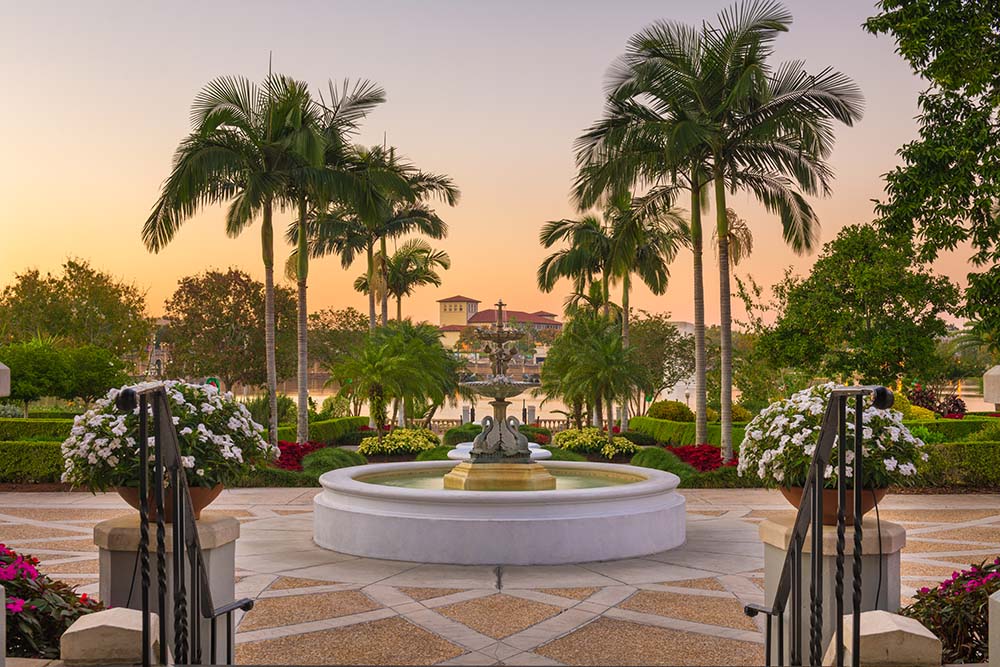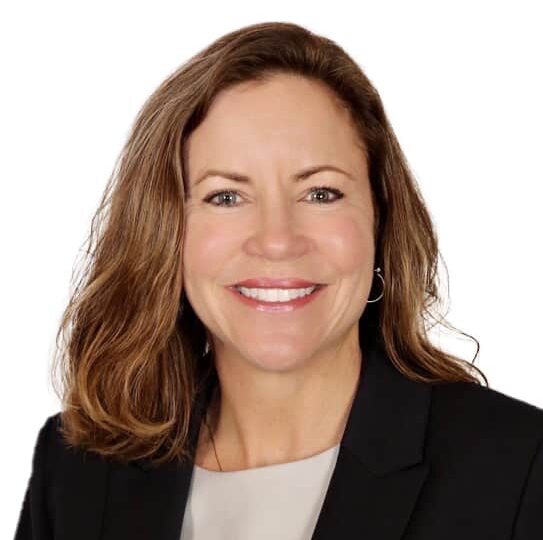Polk County, Florida, natives have memories of driving two-lane roads through deep green trees neatly lined in rows rolling up and down shallow hills. They remember the sweet, thick scent of white blossoms sprinkled across trees laden with bright orange fruit.
It’s only a childhood memory now.
Polk County is being absorbed in the path of progress. In a way, it’s a long time coming. In a way, it’s not. Polk County is a unique place. In 2023, it is feeling a development boom, proving bittersweet to the citrus families who’ve called it home for generations.
Exponential Growth
Florida has always been a popular relocation destination for retirees. But during the pandemic, Florida residency accelerated exponentially. Year-round warm weather, a plethora of entertainment options, no state income tax, and a relatively inexpensive cost of living bring more than 900 new residents to the Sunshine State each day.
Metros like Miami, Orlando, Tampa, and Jacksonville have all enjoyed the influx of new residents. Home prices have followed suit, shooting up sharply during the shutdown. But another county, Polk, has quietly waited its turn for progress. A large county in the heart of Florida with over 2,000 square miles, Polk is the fourth largest county in the state.
Progress has arrived. At the end of 2022, Forbes magazine named Polk County the fastest-growing county in Florida and seventh fastest in the nation. Polk County’s population is now growing by 56 people per day, and that growth is projected to continue for another 10 years.
Citrus Misfortunes Lead to New Industry Outreach
Polk County has land, lots of agricultural land, much of which has been citrus. Sadly, the demise of the citrus industry began in 1989 when a catastrophic hard freeze wiped out 70% of the county’s crop.
And it got worse.
In 1995, “greening,” was discovered. Greening is a bacterial infection catastrophic to citrus trees. The infection keeps fruit from reaching maturity, leaving it small, bitter, and inedible. The tree eventually dies.
With the citrus industry in decline, Polk County began welcoming other industries during the 2000s. A concerted effort was made to target retirees as well as biotech, high-tech, and tourism. The county’s central location is also ideal for warehousing and distribution centers. Many business startups and relocations have occurred in Polk in recent years because leaders recognize the potential for those working in Orlando and Tampa to live in Polk and enjoy the quality of life it offers.
Haines City, in the Northeast corner of Polk, is situated between Tampa (61 miles west) and Orlando (38 miles east). This location theoretically allows a person to maintain a home in Haines City and commute to either metro. This was a satisfactory arrangement for many employees wanting a small town feel and lower price tag. But within the last 20 years, the congestion caused by the influx of new residents and tourists has made the commute on I-4, the east-west corridor from Orlando to Tampa, downright dreadful.
Adding to the I-4 snarl is the push by Polk County to encourage new industries to open a flood of high-tech, transportation/distribution, and logistics jobs. Centralized Polk is in a good location with multiplying local freight rail lines running north and south, deep-water seaports on either Florida coast, and accessible major airports.
Sunrail and Brightline Expansion Bring Development
So why is Haines City in the path of progress now? Haines City, it appears, is a likely candidate for the next SunRail stop. SunRail is a light-rail commuter line that will provide easy access to Orlando and greatly reduce the I-4 driving nightmare going east.
Another train is also in the mix. Brightline is a high-speed train traveling 125 miles per hour; it is due to complete the link to Orlando in late 2023. The plan is for it to then turn its attention to building the link west to Tampa. It is thought the line will run along the I-4 corridor only 12 miles north of Haines City.
The improvements in transportation are critical to Haines City. Even so, Haines City leaders contend it will maintain its small-town appeal while providing services to residents they cannot get in smaller Polk towns. Haines City wisely began working on its image as far back as 2012 when it began a downtown revitalization, building a new City Hall and library in the center of downtown and creating a pleasant pedestrian streetscape.
Today Haines City has a lot of room to grow, and the population is certainly trending upward. In 2018 the Haines City population was 24,967; by the end of 2022, it had grown to 28,508. The city itself is approximately 54 square miles, of which only a little more than half is developed. The city is frequently faced with developers seeking approval to build in unincorporated Polk County, with future plans for annexation into Haines City.
Restaurants, retail, and mixed-use buildings are in progress in the area. Developers are building townhomes and rental home communities to house the demand of new residents. Haines City Mayor Anne Huffman believes that when the two major developments currently underway are complete with an additional 10,000 single-family homes, Haines City will rise to the second largest city in the county, unseating Winter Haven to the southwest.
“The residents in Haines City are requesting full-service restaurants and Planet Fitness. They want what is available in Lakeland and Orlando,” said Mayor Huffman.
Local developer Garrett Kenny believes one key to additional traffic reduction is to have people live where they work. His plan is to build a 16,000-square-foot “food court” entertainment plaza along Highway 27, the main north-south corridor linking to I-4, which will allow for 10 food vendors offering anything from pastries to hamburgers to ice cream. This large dining complex will provide entertainment on weekends, a microbrewery and sports bar, a place for kids to play, and an additional 16,000-square-foot culinary academy.
Kenny also has a 120-unit mixed use condo/apartment complex due for completion at the end of 2024 in the revitalized downtown area. The complex will supply mostly one-bedroom and studio units above retail shopping with an attached parking garage—all pedestrian friendly. He believes this project will fuel retail and restaurants across the entire community.
Visionary old timers said 50 years ago that the cities of Tampa and Orlando would someday grow together—and Haines City is in their path. Not much changed for years as Haines City remained virtually untouched as a citrus town in northeast Polk County. The loss of the citrus industry and the growth of the major metros to the west and the east, plus the general population increases to the state as a whole, have pushed Haines City into the path of progress.
The stage is set for development across many asset classes in single- and multifamily, retail, industry, transportation, entertainment, and hospitality—and the infrastructure is in progress to support it all. “It truly is the chicken or the egg syndrome,” Kenny said. “Development has to occur to justify transportation improvement. And transportation improvement has to occur to justify development.”
The use of land always changes to meet the needs of the population, and the population in Polk County is changing. The land is evolving from rows of fruit trees to cars and trains moving people to jobs in industries completely unrelated to agriculture. Land is available for development to provide for the people that have found a new home or who seek one.
For Polk County landowners, this may be as bittersweet as the “greening” of the trees—while there may not be a market for their fruit, there is certainly a market for their grove.
Susan Reilly is a commercial real estate investment specialist with Berkshire Hathaway Florida Properties Group. She specializes in multifamily properties across Central Florida, from Tampa to Orlando. Email comments or questions to sreilly@bhhsflpg.com.
























0 Comments